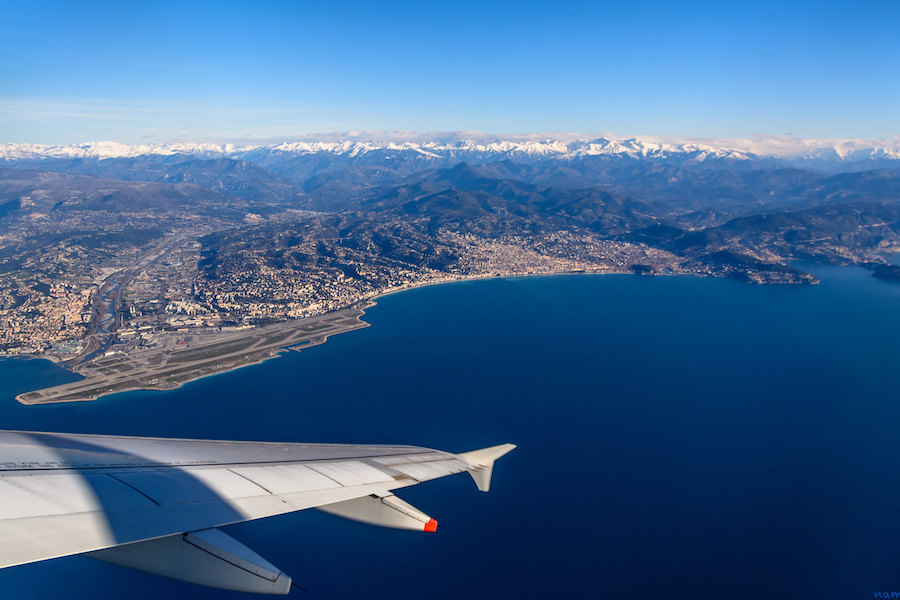Nice Côte d’Azur airport ended 2021 with over 6.5 million passengers passing through, higher than expected and fuelled mainly by a strong summer season and the return of long-haul flights.
Despite tough health measures, travel restrictions and fears of border closures, Nice Côte d’Azur welcomed intrepid travellers back with open arms last year.
The airport reports that 6.54 million commercial passengers passed through last year, a recovery rate of 45%. This was primarily obtained in the second half of the year when lockdown measures had been lifted and summer spawned a spate of travellers returning to the region.
Most of the visitors were domestic or from Schengen countries, which saw recovery rates of 69% and 39.8% respectively, but even the international routes improved, with nearly a quarter of long-haul traffic returning.
“This recovery of passenger traffic, and more specifically of long-haul flights, attests to how attractive our region is, and to the airlines’ and passengers’ confidence in the health and safety measures that have been implemented, and allows us to be optimistic for the year to come, as we already have a large number of destinations – particularly transatlantic ones – in our provisional flight programme for the 2022 summer season,” said Franck Goldnadel, Chairman of the Board of Aéroports de la Côte d’Azur.
During this same period, Nice Côte d’Azur has also reported a total bounce back of business flights to pre-pandemic levels.
Though the airport is delighted to be welcoming back more passengers, it is still hugely committed to doing so responsibly. The airport, which has been carbon neutral since 2016, gained the highest level of Airport Carbon Accreditation, level 4+, in 2021, signifying emission reductions that have dipped below neutral into the positive. This has been done with the help of plant-based carbon sinks near terminals as well as implementing innovations to reduce its carbon footprint, such as removing the gas heating in Terminal 1 and replacing it in autumn 2021 with a temperature water loop whose energy stems from the Metropole’s wastewater network, representing 700 tonnes of CO2 saved per year.
“Receiving the level 4+ Airport Carbon Accreditation isn’t a greenwashing operation. It represents the factual and international recognition of a sincere commitment and an ambitious and unprecedented action plan,” Mr Goldnadel explained. “When we reduce the absolute value of our direct emissions, we help to protect our region. This involves taking numerous actions, being innovative and looking for solutions that help to reconcile air transport with air quality requirements on a daily basis. In the future, low-emission airplanes will take off and land on totally neutral airports. This is the course of history, and we want to be the leading laboratory in this field.”
The airport is also looking to the future of aviation, encouraging the use of bio-fuels by major carriers, as was seen in the September Air France flight connecting Nice to Paris in a plane using 30% sustainable aviation fuel, a first on this scale.
Electric flights are also being experimented with in Nice, as was seen when Prince Albert II took an historic e-flight just a few days prior.
Finally, they have created the Urban Blue project, which works to design and implement the necessary infrastructures for developing e-VTOLs, electric vehicles that are able to transport passengers without using energy from fossil fuels.
